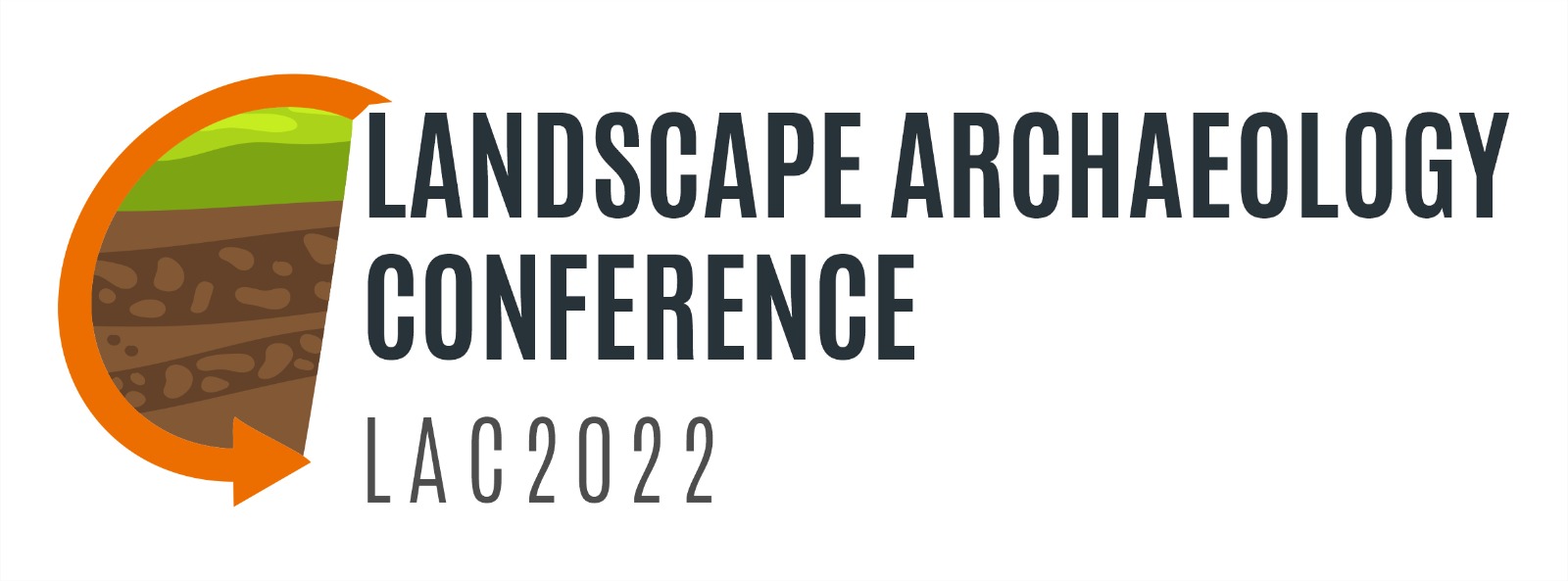Erosion, landscape change and anthropogenic intervention in the Transylvanian lowlands during the Holocene
Main Article Content
Abstract
Climate changes mean we are witnessing an increase in extreme climatic events (e.g., droughts, torrential rain and flooding) that will intensify soil erosion and consequently lead to landscape change. One the key factors influencing erosion is agriculture, which extended in the lowlands of Transylvania in the middle of the Holocene.
Lakes represent one of the landscape's best natural archives so that lake sediments can provide a continuous record of processes and impacts that occurred over time at the catchment level. Here, we present the erosion patterns reconstructed based on the Țaga lake sediment sequence and relate these changes to the human transformation of the landscape.
For this purpose, a 7.15m long lake sediment core was analyzed for sediment geochemistry, particle size, and mineral magnetic proprieties to define erosion patterns, depositional characteristics and lake-catchment interactions. Additionally, the resources of the National Archaeological Database, historical data, as well as published quantitative reconstructions of past vegetation and fire regime dynamics were added to assess the development and impacts of the human communities on the environment of the study area.


